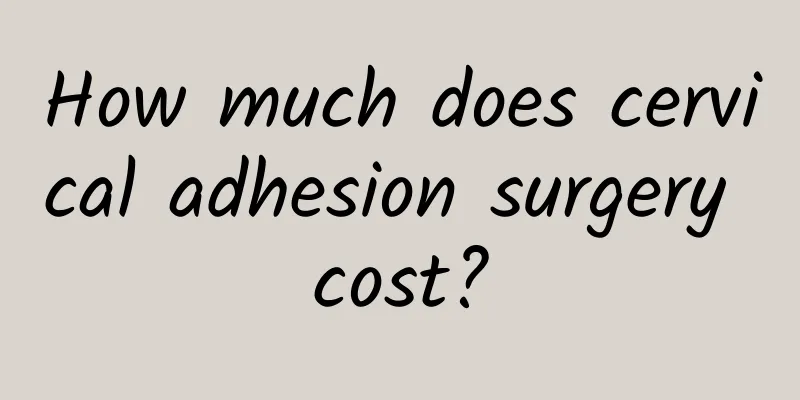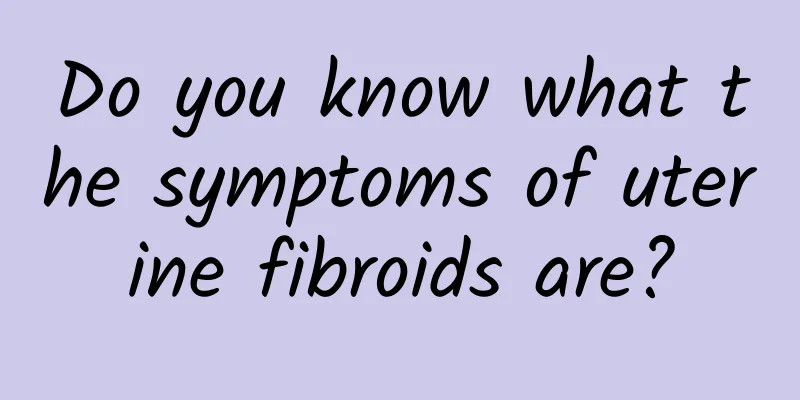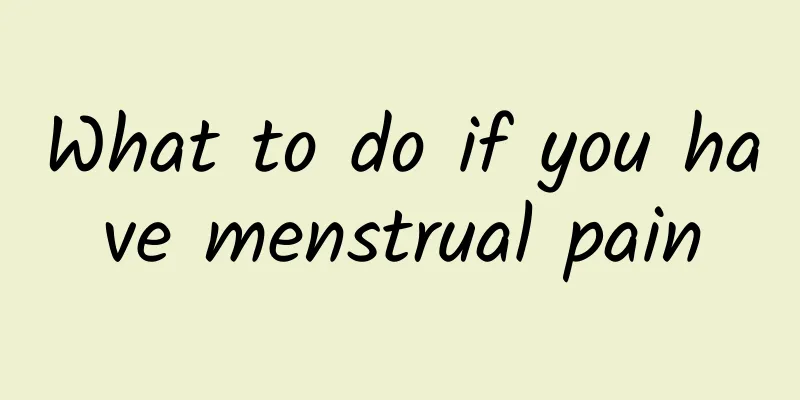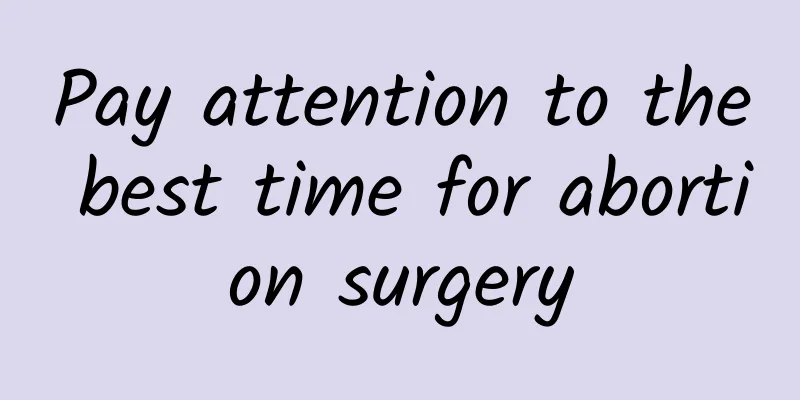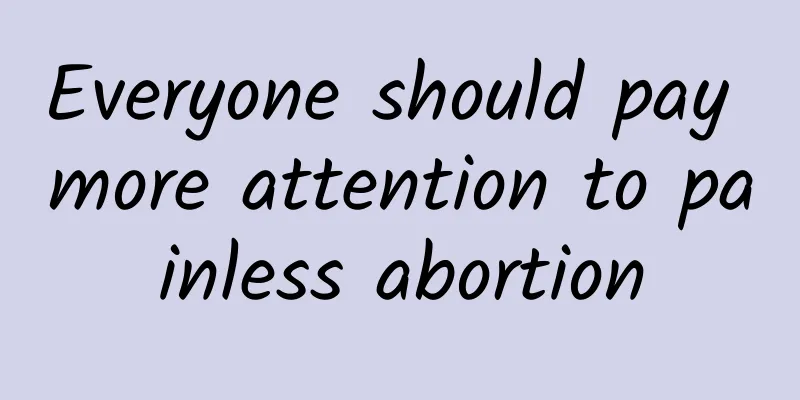Uterine fibroids compress the bladder and cause frequent urination
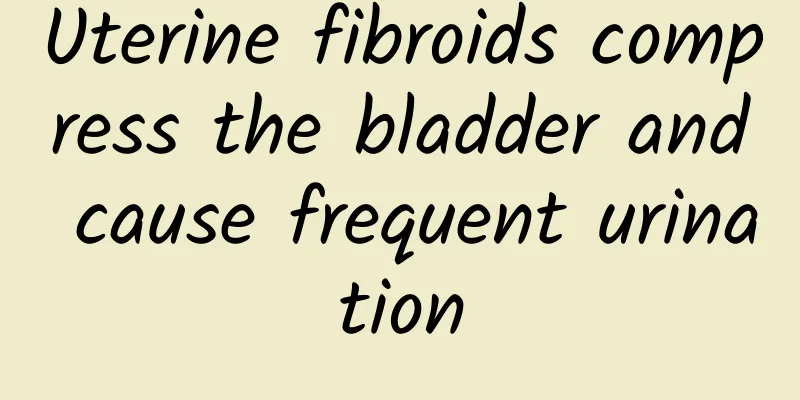
|
Among gynecological diseases, uterine fibroids are relatively common. Uterine fibroids compress the bladder and easily cause symptoms of frequent urination. The early symptoms of uterine fibroids are not obvious. If uterine fibroids are not actively treated in the later stages, fertility will be affected. Uterine fibroids are a well-known disease. The following will introduce to you the harmful manifestations of uterine fibroids. 1. Pain: Severe abdominal pain. Patients with uterine fibroids may experience nausea, vomiting, fever, and leukocytosis. Tumor compression of nerves may produce radiating pain. This is one of the harmful manifestations of uterine fibroids. 2. Compression symptoms: Patients with uterine fibroids may experience compression of the bladder or urethra, resulting in frequent urination and urination difficulties. Uterine fibroids may compress the rectum and cause defecation difficulties. 3. Vaginal bleeding: Common symptoms of uterine fibroids include excessive menstrual flow, shortened and irregular menstrual cycles, and prolonged duration. According to the location of the fibroids, the most likely to cause uterine bleeding are intramural fibroids and submucosal fibroids, while subserosal fibroids are less likely to cause menstrual changes. 4. Infertility: The growth of uterine fibroids causes the uterus to deform, and the obstruction of the entrance to the fallopian tube can affect the entry of sperm into the fallopian tube, and the tumor hinders fertilization. This is also the most serious manifestation of the harm of uterine fibroids. Subserosal fibroids can twist at the pedicle, causing acute abdominal pain. If the pedicle is severely twisted and surgery is not performed immediately or it cannot be turned back by itself, the pedicle may be broken and a free fibroid may be formed, as mentioned above. The twisted fibroid can also drive the entire uterus, causing axial torsion of the uterus. The site of uterine torsion is mostly near the internal opening of the cervical canal, but this situation rarely occurs. It is mostly caused by a larger subserosal fibroid attached to the bottom of the uterus and the cervical canal is relatively slender. The symptoms and signs are similar to those of ovarian cyst pedicle torsion, except that the mass is harder. |
<<: What are the symptoms of cervical erosion
>>: What medicine is good for cervical erosion
Recommend
What tests are necessary for ectopic pregnancy?
Due to the gradual increase in the number of pati...
More fiber than brown rice! Lentils are a new favorite for weight loss
Eating grains helps you lose weight, and lentils ...
Malaysia's Lo Yu Sheng is booming in the Year of the Dragon
The Lunar New Year is approaching, and mothers ar...
What are the main things to check before abortion?
Abortion is very common in today's life. Peop...
Treatment methods for irregular menstruation in patients with different constitutions
Menstruation is a normal physiological phenomenon...
Liquid diet helps cancer patients eat Zhongrong recommended menu
It is not easy for cancer patients to maintain go...
Have you tried the super popular "brown sugar milk" this summer? 3 things you should know before you eat!
The trendy summer drinks change every year. In pr...
Why is recovery after medical abortion important?
Even the smallest side effect of medical abortion...
Do you know what symptoms of ovarian cysts are?
What are the symptoms of ovarian cysts? What symp...
Can ectopic pregnancy test strips detect it? No!
As a relatively dangerous disease, people still n...
Before running, it only takes 60 seconds to develop the core muscles
So strange! Why does the body always sway from si...
How much does a gynecological examination cost in Hangzhou?
How much does a gynecological examination cost in...
How to treat uterine fibroids? How to treat uterine fibroids?
How to treat female uterine fibroids? Uterine fib...
Why do you have headaches during menstruation? Exercise moderately
Headaches in women during menstruation are genera...
My period has been delayed for fifteen days and has not come yet. What should I do?
My period has been delayed for fifteen days and h...
